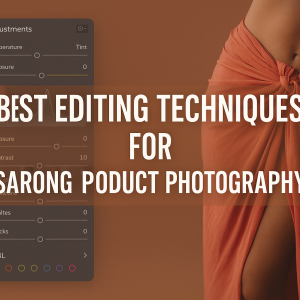Explore expert techniques and styling tips for Sarong Photography to create captivating visual narratives. Learn how to use fabrics, poses, lighting, and cultural elements to enhance your photography skills.
The Ultimate Guide to Sarong Photography: Styling, Composition, and Storytelling
Sarong Photography is a mesmerizing blend of fashion, culture, and artistic expression. A simple piece of fabric, when draped skillfully, can transform an image into a compelling story filled with emotion, movement, and authenticity. Whether you’re a professional photographer, an aspiring creative, or someone who loves experimenting with visual narratives, understanding the intricacies of Sarong Photography can help you craft breathtaking images that stand out.
In this guide, we’ll explore the essential styling tips, composition techniques, and post-processing methods to elevate your Sarong Photography skills.
Understanding the Art of Sarong Photography
Why Sarong Photography is Unique
Sarong Photography stands out because it combines fashion, movement, and storytelling in a visually dynamic way. Here’s what makes it unique:
- Versatility of the Sarong – The sarong can be styled in countless ways, making each shoot distinct.
- Symbolic Representation – Different cultures use sarongs in varied ways, adding depth to the images.
- Fluid Movement – Unlike structured outfits, sarongs create a sense of motion and drama.
- Visual Aesthetics – The textures, prints, and colors enhance the artistic appeal of each shot.
Cultural Significance of Sarongs
Sarongs are worn in various parts of the world, including Southeast Asia, Africa, and the Pacific Islands. Understanding their cultural significance can add authenticity and depth to your images. For example:
- Balinese Sarongs – Symbolize tradition and spirituality.
- African Kanga & Kitenge – Represent vibrant heritage and storytelling.
- Indian Saree-Inspired Draping – A fusion of elegance and ethnicity.
- Polynesian Pareo – Often used in dance and beach photography.
Choosing the Right Sarong for Your Shoot
1. Selecting the Fabric for Mood and Movement
The choice of fabric affects how the sarong moves and interacts with lighting. Here’s how different materials influence the final image:
- Chiffon & Silk – Perfect for flowing, ethereal shots with delicate movement.
- Cotton & Linen – Best for earthy, natural aesthetics with a structured drape.
- Satin & Velvet – Creates luxurious, high-fashion looks with deep textures.
- Batik & Handwoven Textiles – Adds cultural richness and intricate patterns.
2. Color Theory in Sarong Photography
Colors play a critical role in conveying emotions and themes. Use the following guidelines:
- Red: Represents passion, boldness, and strength.
- Blue: Evokes calmness, depth, and serenity.
- Yellow & Orange: Signify warmth, energy, and joy.
- Black & White: Create contrast and drama for timeless compositions.
- Earthy Tones: Enhance natural, bohemian, or rustic aesthetics.
3. Pattern and Texture Considerations
- Solid Colors – Minimalistic and elegant, ideal for fine-art photography.
- Floral & Ethnic Prints – Enhance storytelling elements and cultural depth.
- Sheer & Layered Fabrics – Add complexity and fluidity to compositions.
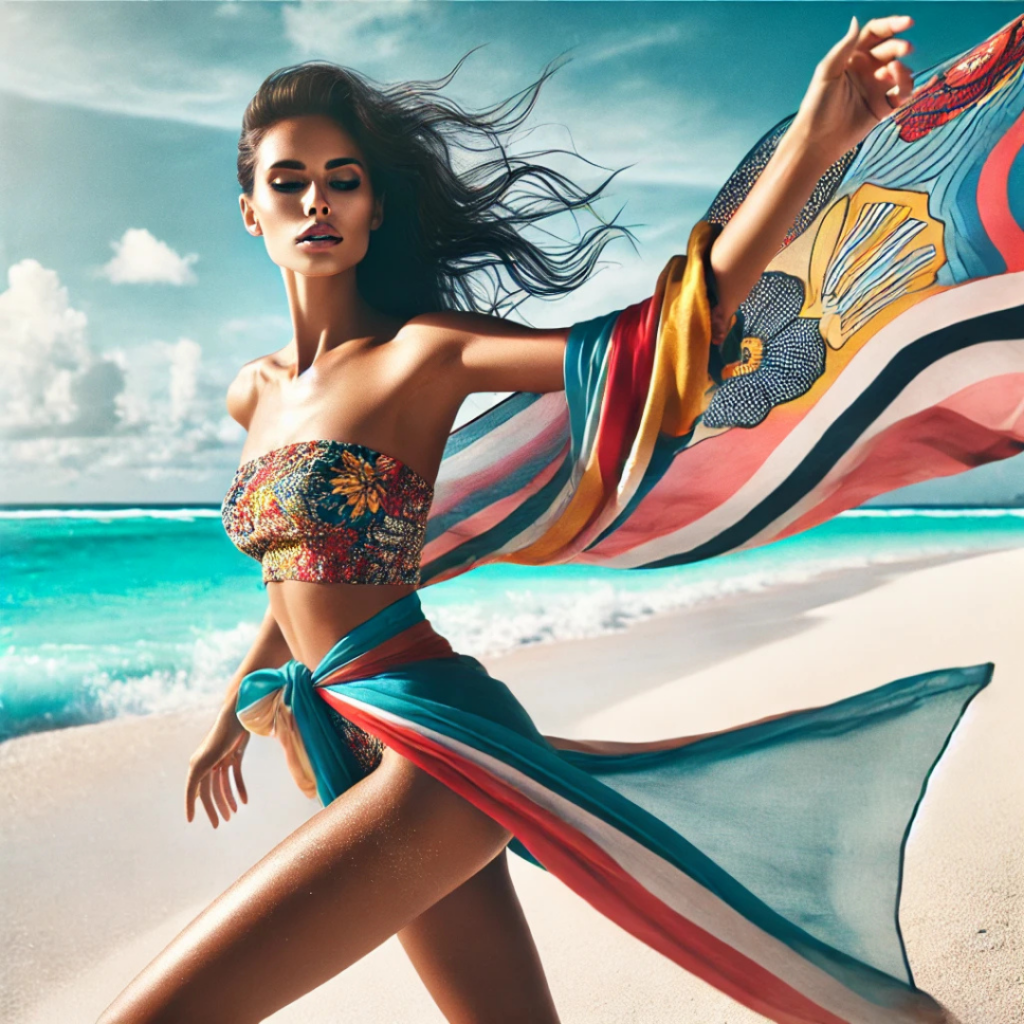
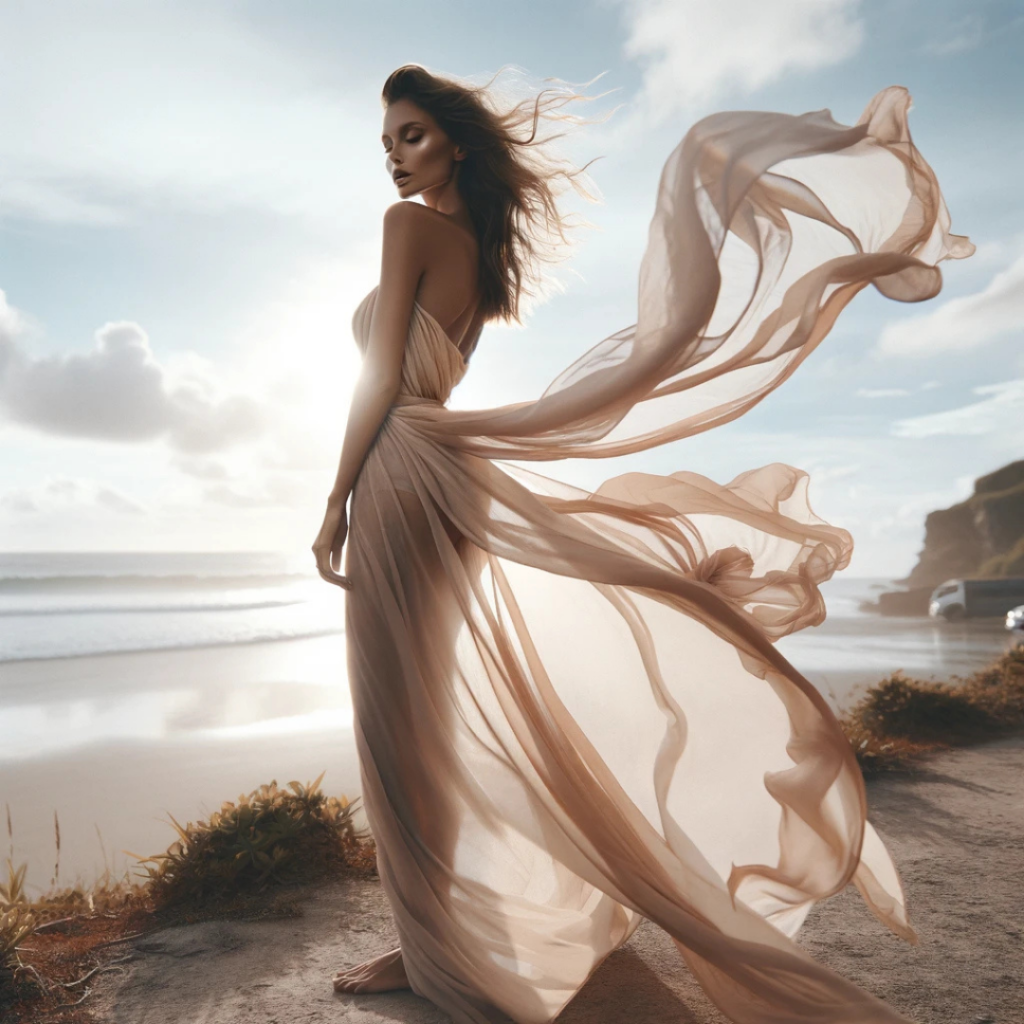
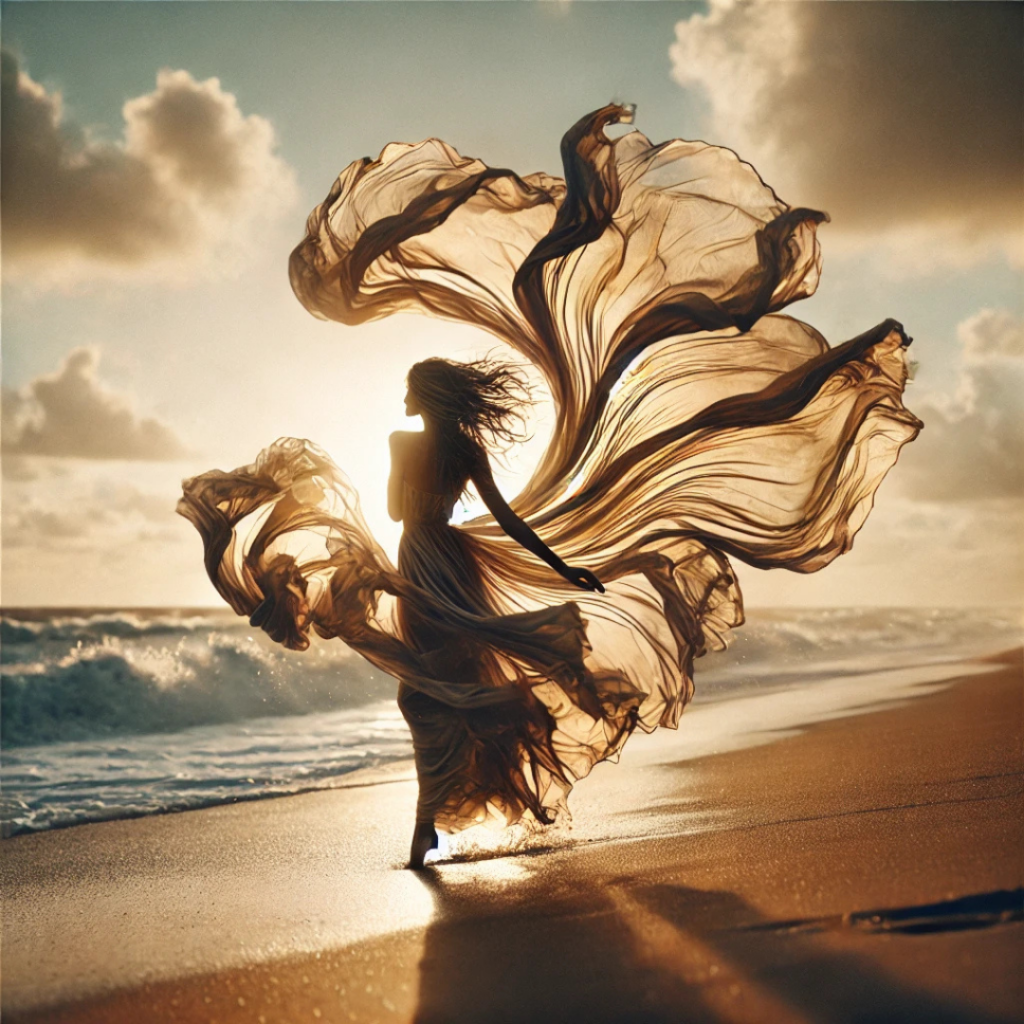
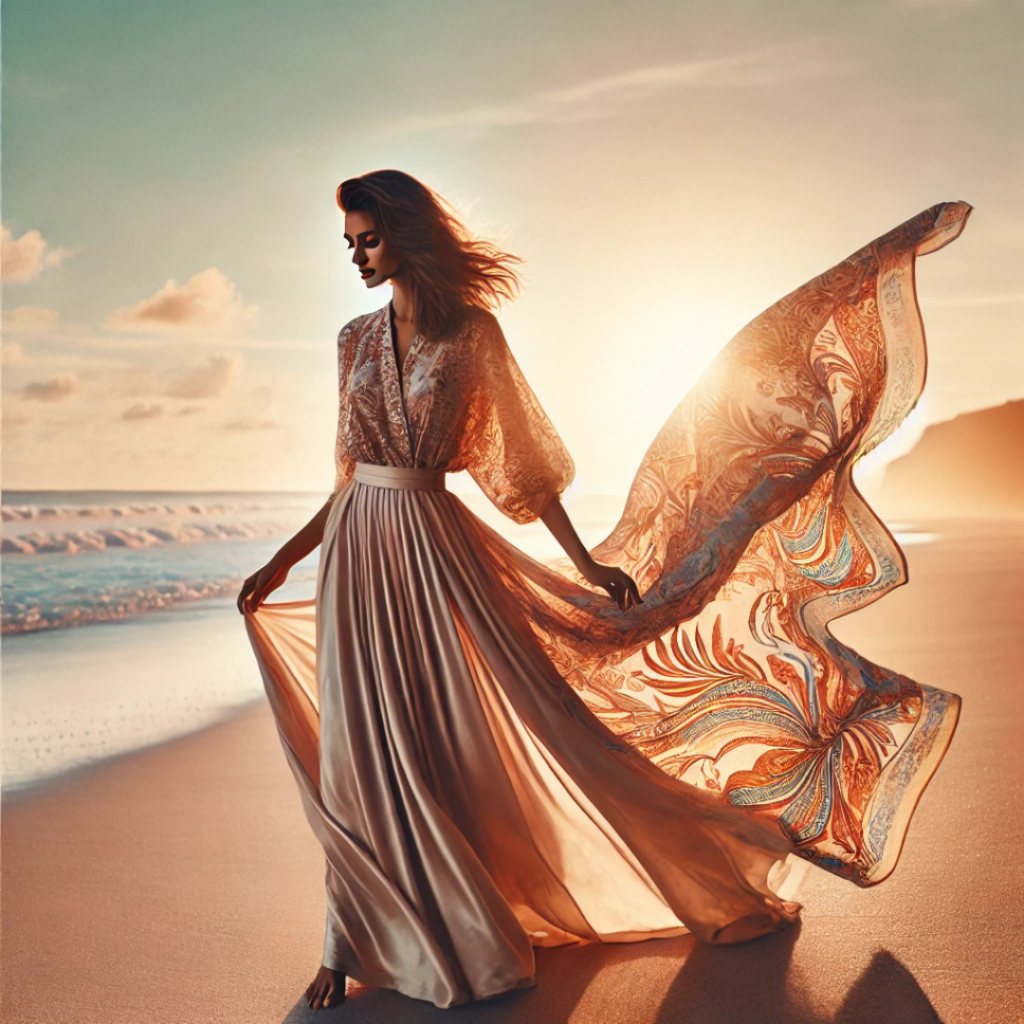
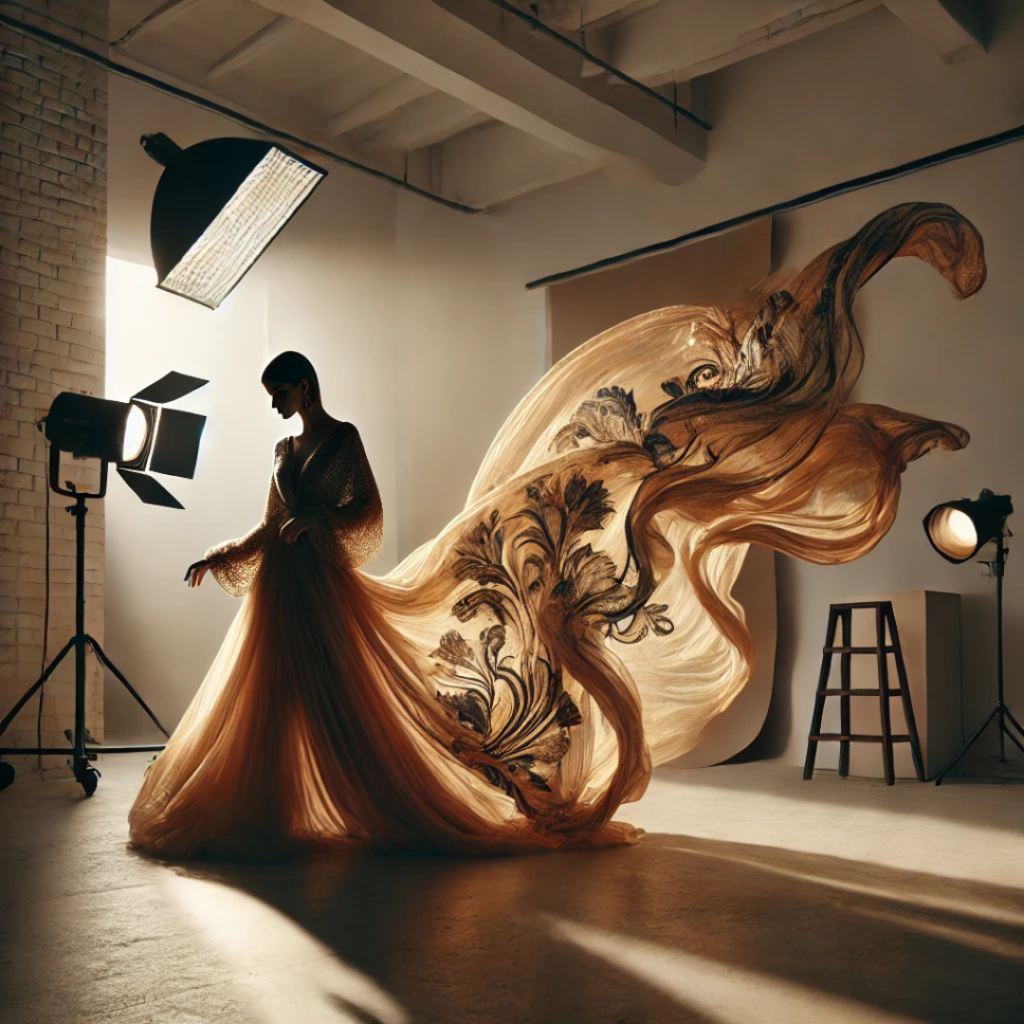
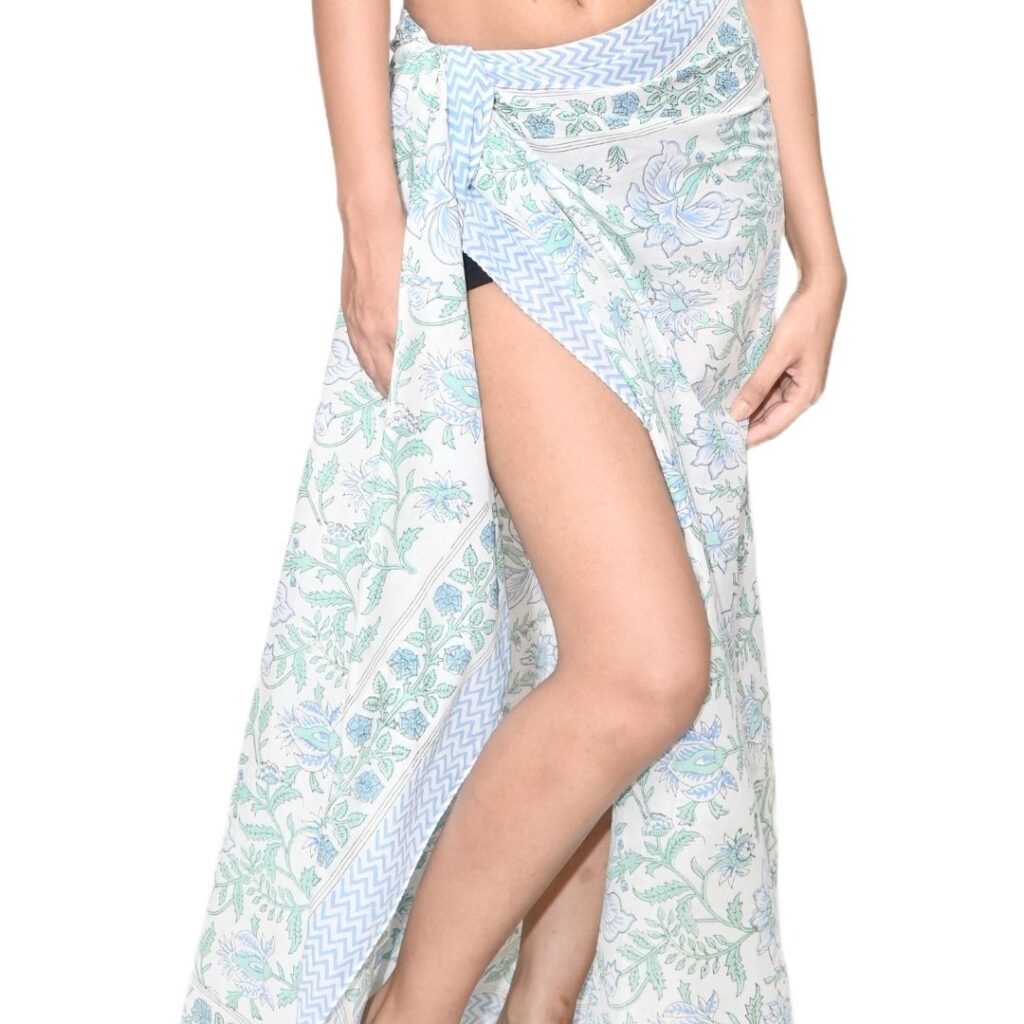

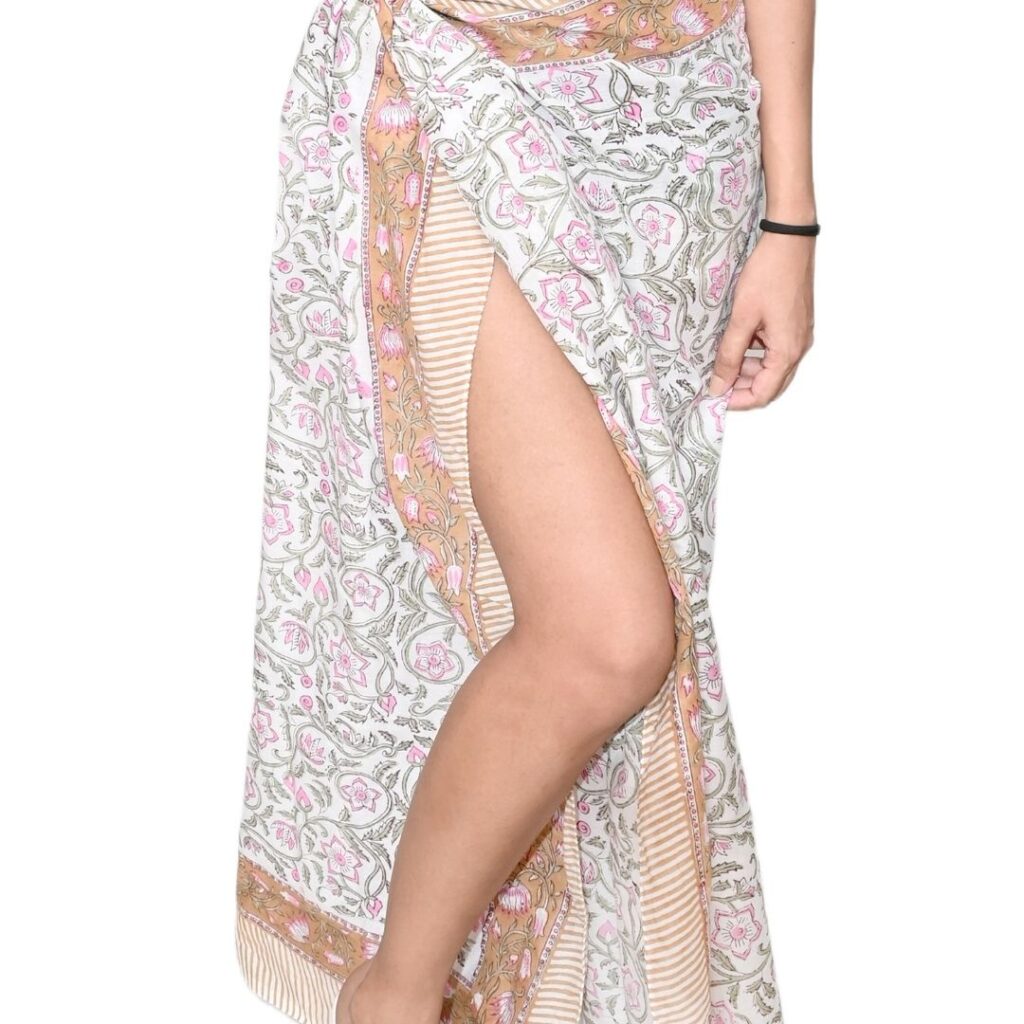
Draping and Styling Techniques for Maximum Impact
1. Elegant and Classic Drapes
- Grecian Wrap – A one-shoulder drape that exudes timeless elegance.
- Full-Body Swath – Covers the body in layered fabric, creating a regal look.
- Toga-Inspired Draping – Perfect for dramatic, high-fashion shoots.
2. Bohemian & Free-Spirited Drapes
- Loose Wrap with Open Slit – Adds movement and sensuality.
- Off-Shoulder Drape – Ideal for beachside or dreamy outdoor shots.
- Knotted Waist Wrap – Creates a relaxed, effortless look.
3. Cultural and Traditional Draping
- Balinese Temple Wrap – Represents grace and spirituality.
- Polynesian Sarong Tie – Highlights island aesthetics and dance movements.
- African Sarong Styling – Adds vibrancy and bold visual contrasts.
Accessories and Props to Elevate Sarong Photography
1. Statement Jewelry and Headpieces
- Layered necklaces for depth and texture.
- Handmade earrings to enhance cultural richness.
- Floral crowns or metallic headpieces for added drama.
2. Complementary Footwear
- Barefoot – Emphasizes raw, natural elements.
- Sandals – Perfect for beach or tropical settings.
- Heeled Shoes – Adds elegance and elongates posture.
3. Props for a Storytelling Effect
- Silk scarves for added motion effects.
- Woven baskets or handmade bags for authenticity.
- Mirrors to create intriguing reflections and depth.
Posing and Composition Strategies for Sarong Photography
1. Dynamic Motion Poses
- Twirling or spinning to highlight fabric flow.
- Walking against the wind for natural movement.
- Mid-air jumps for an ethereal effect.
2. Emotionally Expressive Poses
- Soft gazes for introspective storytelling.
- Hand movements to interact with the sarong.
- Silhouetted shots against golden hour lighting.
3. Framing and Composition Techniques
- Rule of Thirds – Places the subject off-center for balance.
- Leading Lines – Uses fabric folds to guide the viewer’s eye.
- Negative Space – Emphasizes the subject by keeping the background minimal.
Lighting and Post-Processing Techniques
1. Lighting Setups for Sarong Photography
- Golden Hour Glow – Enhances warmth and softness.
- Backlighting – Showcases fabric transparency and movement.
- Studio Lighting – Adds high contrast and drama.
2. Editing Tips for a Professional Finish
- Color correction to enhance fabric vibrancy.
- Adjusting contrast to define drapes and textures.
- Adding grain or motion blur for a cinematic effect.
FAQ: Sarong Photography
1. What is the best fabric for Sarong Photography?
Chiffon, silk, and cotton are ideal for movement and texture, depending on the shoot theme.
2. How do I create dramatic motion effects with a sarong?
Use wind, twirls, or movement-based poses to make the fabric flow naturally.
3. What backgrounds work best for Sarong Photography?
Minimalist, natural landscapes or monochromatic studio setups enhance the visual appeal.
4. Can Sarong Photography be used for branding and fashion campaigns?
Absolutely! Sarongs are versatile and work well in cultural, fashion, and lifestyle photography.
5. How do I prevent the sarong from overpowering the subject?
Use balanced compositions, subtle draping, and accessories that complement rather than compete.
Final Thoughts: Mastering Sarong Photography
Sarong Photography is more than just a visual experience—it’s an art form that tells powerful stories through fabric, movement, and culture. By mastering styling techniques, props, lighting, and post-processing, you can create captivating images that leave a lasting impression. Whether for editorial shoots, personal projects, or fashion campaigns, embracing the beauty of sarongs will elevate your photography to new heights.
Book Sarong photography in Jaipur now with The Candid Shoot and create timeless memories today!

Mobile Photography Hacks: Candid Moments with Your Phone

Professional Model & Portfolio Photoshoots: Show Your Best Work
-

Street Photography Tips, Effects & Poses – Complete Guide
-

Leica Q2 for Photography: Why It’s Loved by Photographers
Mobile Photography Hacks: Candid Moments with Your Phone
Discover high-impact mobile photography hacks to capture genuine, gorgeous candid moments with your phone. Learn practical tips, composition secrets, and pro techniques to turn everyday scenes into stunning visual stories. Introduction: The New Age of Mobile Photography Photography has evolved beyond heavy cameras, technical jargon, and expensive equipment. Today, the power to capture extraordinary moments
Professional Model & Portfolio Photoshoots: Show Your Best Work
” Discover how to plan, style, and execute stunning portfolio photoshoots that showcase your skills, personality, and versatility. This comprehensive guide covers professional tips, posing ideas, gear suggestions, and industry insights for models and photographers.” Introduction – Why Portfolio Photoshoots Are the Cornerstone of a Photographer’s Career A well-crafted portfolio photoshoot is more than a
Street Photography Tips, Effects & Poses – Complete Guide
Discover the ultimate guide to Street Photography with expert tips, creative effects, and dynamic poses. Learn how to capture authentic urban moments, master composition, and tell powerful visual stories through your lens. Article Outline 1. Introduction to Street Photography Street Photography is more than just taking pictures of people in public spaces — it’s about
Leica Q2 for Photography: Why It’s Loved by Photographers
Introduction: The Cult Status of the Leica Q2 The Leica Q2 is not just a camera—it’s a statement. Combining the heritage of German precision engineering with modern digital excellence, it holds a special place in the hearts of professional and passionate photographers alike. With its full-frame sensor, prime Summilux lens, and minimalist design, the Q2
Top Cameras Under ₹1 Lakh for Freelance Photography
Freelance photography is no longer a niche—it’s a booming creative profession that demands not only vision and hustle but also the right gear. Your camera isn’t just a tool; it’s your storytelling partner. If you’re a freelance photographer aiming to balance performance, versatility, and budget, investing in a cameras under ₹1 lakh can offer the
Top Features of Nikon D850 That Make It Ideal for Photoshoots
Explore the top features of the Nikon D850 that make it a powerhouse for photoshoots. From exceptional resolution to dynamic range, this detailed Nikon D850 guide is built for professional and aspiring photographers. 1. Introduction When Nikon launched the D850, it quickly earned a reputation as a flagship DSLR that redefined what photographers could expect

